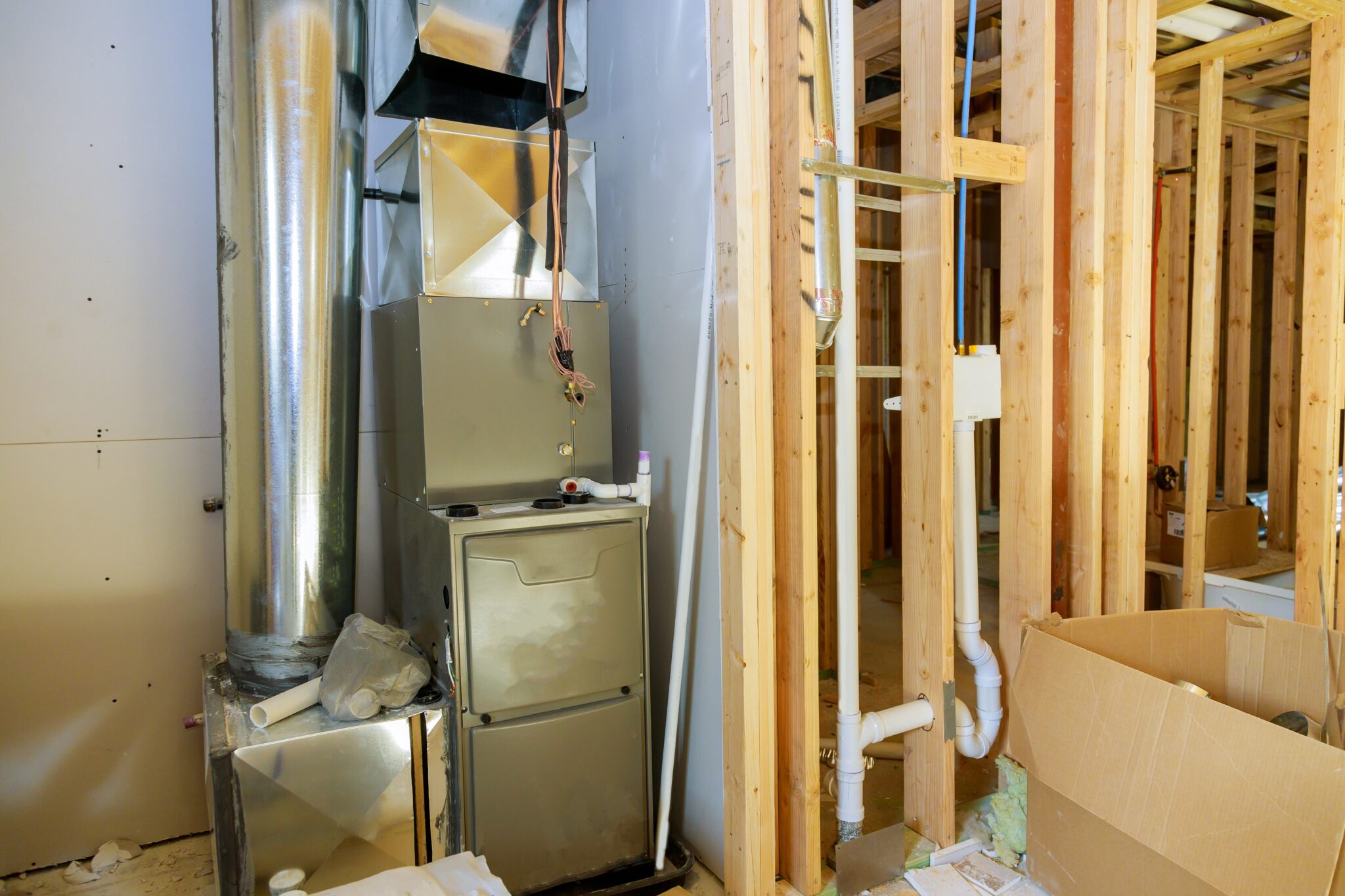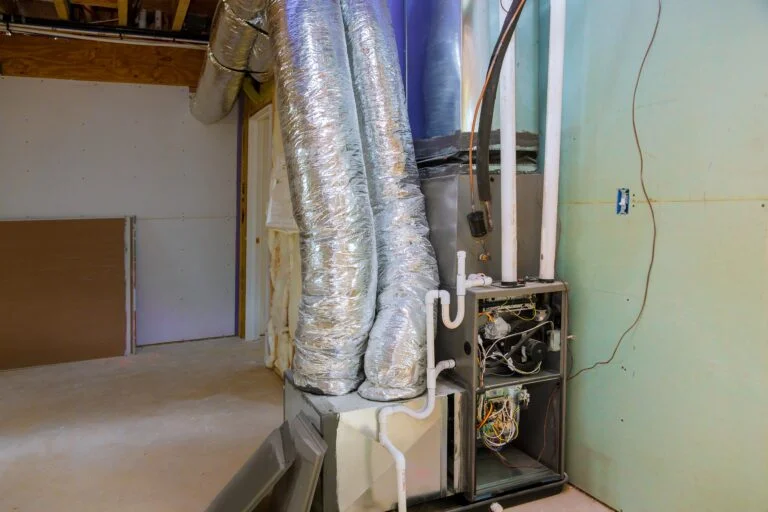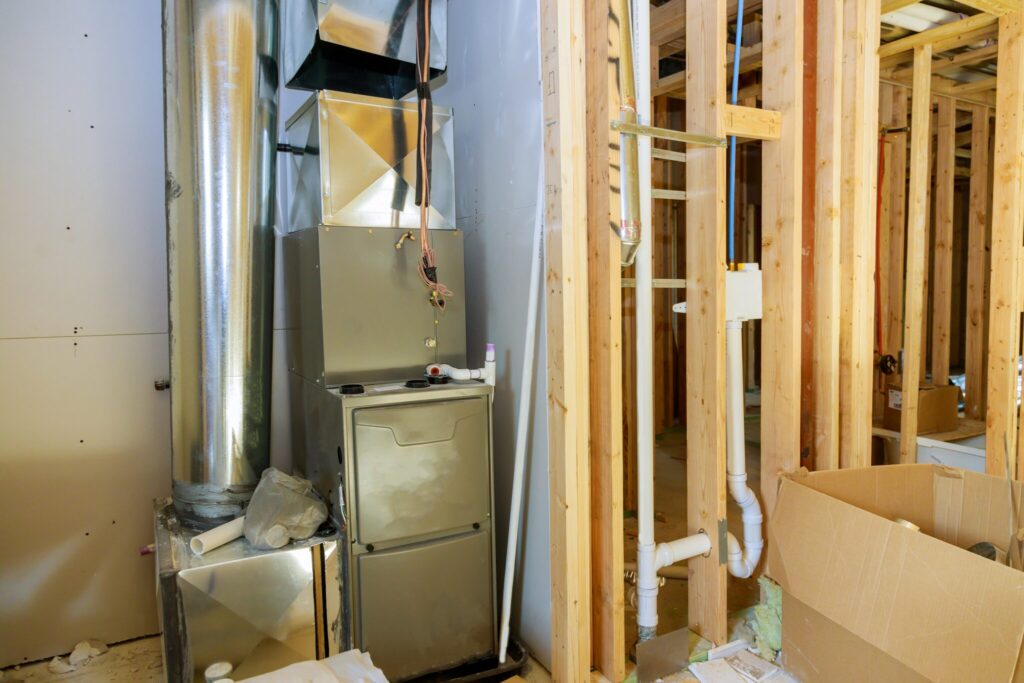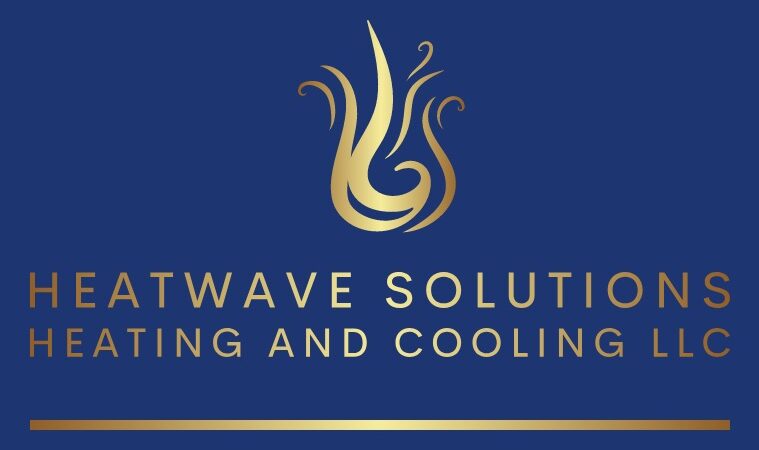5 Signs Your Furnace Needs Immediate Attention

For much of the year, our home’s furnace is a silent and forgotten workhorse, waiting patiently for its turn to serve. When the first truly cold nights of the Southern Utah winter arrive, we expect it to spring to life without issue, filling our homes with reliable warmth. Because these systems are typically so dependable, it can be easy to dismiss small changes in their operation or to rationalize a strange new sound as a normal part of the appliance’s function.
However, your furnace is a complex piece of equipment that involves the combustion of fuel and high-voltage electricity. While some issues are minor annoyances, others are critical warning signs of a serious and potentially dangerous malfunction. Ignoring these urgent red flags is a gamble against your property and your family’s safety. Learning to recognize the difference between a minor quirk and a true emergency is an essential part of responsible homeownership, allowing you to take swift and decisive action when it matters most.
Sign #1: Unusual and Persistent Noises
One of the clearest ways your furnace will communicate a serious problem is through sound. A healthy furnace should operate with a consistent and relatively quiet hum of the blower motor and the gentle whoosh of air through the vents. Any new, loud, or jarring mechanical noise is a distress signal that indicates a component is failing or under an immense amount of strain.
A high-pitched screeching or squealing sound is a cry for help from the system’s blower motor. This sound almost always points to a problem with the motor’s bearings, which are either failing or in desperate need of lubrication. If you hear this sound, you should shut the system off immediately. Continuing to run the furnace with a failing motor can cause it to seize completely, a much more complicated and expensive repair than addressing the initial bearing issue.

A loud banging or booming sound that occurs a few seconds after the furnace is supposed to ignite is another critical warning. This is often a sign of delayed ignition, which can be caused by dirty or corroded burners. A small amount of gas builds up in the combustion chamber before it finally lights, creating a jarring mini-explosion. This is not only startling but can also place a great deal of stress on the furnace’s heat exchanger, a vital component. Any loud, mechanical noise that is not part of the system’s normal operating sounds warrants an immediate call to a professional.
Sign #2: The Smell of Gas or Other Foul Odors
Your sense of smell is one of your most important safety tools when it comes to your furnace. Certain odors are definitive signs of a dangerous situation that requires immediate action.
The most urgent of these is the smell of natural gas or propane. Utility companies add a chemical called mercaptan to natural gas, which gives it a distinct “rotten egg” or sulfur smell, precisely so that leaks can be detected. If you smell this odor anywhere in your home, and especially near your furnace, you have a potential gas leak. Do not touch any light switches or electrical devices, do not use your phone, and do not try to find the source of the leak yourself. You should immediately evacuate everyone from the home, and then call your gas utility company’s emergency line from a safe distance outside or from a neighbor’s house.
Another critical warning is a sharp, acrid smell of burning plastic, hot wiring, or ozone. This indicates that an electrical component within your furnace is overheating, that a wire is short-circuiting, or that the motor is on the verge of burning out. This is a major fire hazard. If you notice this smell, you should shut the power off to your furnace at your main circuit breaker and call for emergency service immediately.
Sign #3: A Yellow or Flickering Burner Flame
For homeowners with a gas furnace, the color and behavior of the burner flame can provide a direct window into the health of the combustion process. You can typically observe the flame through a small viewing port on the front of your furnace cabinet.
A healthy and properly functioning furnace flame should be a steady, consistent blue color, with perhaps a small yellow tip. This blue color indicates that the furnace is receiving the correct mixture of fuel and air and that the gas is being burned cleanly and efficiently.

If you look through the viewing port and see a flame that is mostly yellow or orange, or one that is large, rolling, and flickering, it is a clear sign that the combustion process is not correct. This is often caused by dirty burners that are preventing the proper mixing of gas and oxygen. A yellow flame is not just a sign of inefficiency; it is a critical warning that your furnace is likely producing unsafe and excessive levels of carbon monoxide. This is a serious safety issue that requires the immediate attention of a qualified HVAC technician to diagnose and clean the burner assembly.
Sign #4: Frequent or Unexplained System Cycling
The operational pattern of your furnace can also signal a serious problem. A furnace that is constantly starting and stopping, or one that runs continuously without heating your home, is a furnace that needs immediate attention.
A very common and dangerous symptom is known as short cycling. This is when the furnace turns on, runs for only a minute or two, and then shuts itself down before your home has reached the desired temperature. This is often caused by the furnace overheating due to a severe lack of airflow, which is most frequently the result of a severely clogged air filter. The system’s high-limit switch is doing its job by shutting the unit down to prevent a fire, but the underlying problem is causing immense strain on the furnace’s heat exchanger. Ignoring this symptom is one of the leading causes of a cracked heat exchanger.
The opposite problem, a furnace that runs constantly but fails to adequately heat your home, is also a sign of a serious issue. It could indicate a problem with your thermostat, but it could also mean that the furnace itself is not producing enough heat due to a problem with the gas valve or the burners. In either case, a furnace that is not cycling normally is operating inefficiently and is under a great deal of stress, and it should be professionally diagnosed.
Sign #5: Moisture and Leaks Around Your Furnace
For most standard-efficiency furnaces, there should never be any water in or around the unit. If you notice water pooling around the base of your furnace, it is a sign of a problem that needs to be addressed immediately.
This issue is most common with modern, high-efficiency condensing furnaces. These furnaces are so efficient that they extract heat from the exhaust gases, which causes water vapor to condense. This water is supposed to be collected and drained away from your home through a PVC pipe. If you see water around your high-efficiency furnace, it is a clear sign that this internal condensate drain line is clogged or has failed. This can not only cause significant water damage to your home but can also trip a safety overflow switch that will shut your furnace down completely.

For any type of furnace, the presence of excessive rust on the exterior cabinet or on the flue pipe that vents to the outside can also be a warning sign. While some surface rust is normal, significant corrosion can be an indication of a long-term moisture problem or an issue with the ventilation of corrosive exhaust gases. This can be a sign that the internal components of your furnace are also degrading and requires a professional inspection.
Your furnace is a reliable and powerful appliance, but it is not invincible. It will almost always provide you with clear warning signs when a serious problem is developing. The sounds of mechanical distress, the smells of gas or burning components, an unhealthy burner flame, and erratic behavior are not minor quirks to be ignored or put on a future to-do list. They are urgent calls to action that require a prompt response to protect your property and your family’s safety.
We encourage every homeowner in Hurricane and the surrounding Southern Utah communities to never take a “wait and see” approach when these critical red flags appear. If you experience any of these serious warning signs, your first priority should be your family’s safety. For any issue that points to a gas leak or fire risk, evacuate first. Then, contact the 24/7 emergency response experts at Heatwave Solutions for a fast, safe, and professional diagnosis and repair.

